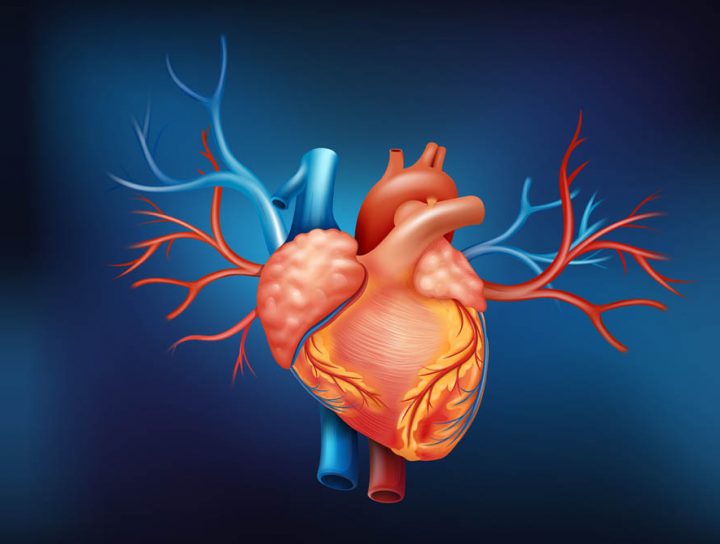Surgical Treatment of Mitral Valve Disease

The mitral valve (MV) is a valve in the heart between the left atrium and left ventricle. Its function is to close when the heart is contracting (systole) and open when the heart is relaxed(diastole).
The mitral valve is a complex valve made up of the annulus, leaflets (anterior and posterior), papillary muscles and chords. All components of this valve must function properly for the valve to be competent.
Diseases that can affect the mitral valve can be broadly divided into narrowing of the valve called mitral stenosis (MS) or leak called mitral regurgitation (MR).
Mitral stenosis is mostly caused by a condition called rheumatic heart disease. The disease makes the valve leaflets stiff and unable to open properly. This results in back pressure in the left atrium. In most severe situation MS can result in lung congestion and heart failure. Mitral valve stenosis may be repaired when discovered early. If the condition is too advanced, then mitral valve replacement would be procedure of choice.
Mitral regurgitation can be caused by degenerative, ischemic or infective heart disease. Any part of the mitral valve complex component that is damaged will result in the mitral valve leaking. The degree of leak may be graded with echocardiography (ultrasound investigation of the heart).
If the leak is moderately severe, your cardiologist may refer you for surgical repair. Surgical repair can be done with multiple well described techniques and the findings on echocardiography will determine whether the valve is reparable. Artificial chords to replace torn chords, annuloplasty rings to reduce the size of the mitral valve are some of the more common methods for MV repair. If repair is not possible, then similar to MS, MV replacement has to be performed. Depending on suitability, minimally invasive mitral valve repair can be performed.


